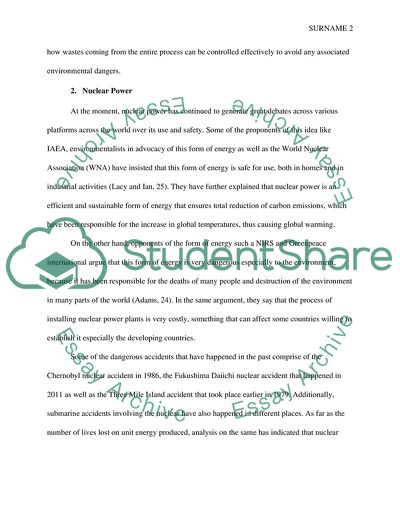Cite this document
(Nuclear Energy and Radiation Wastes Management Research Paper, n.d.)
Nuclear Energy and Radiation Wastes Management Research Paper. https://studentshare.org/environmental-studies/1859329-dioxin-and-furans-in-niagara-falls-ny
Nuclear Energy and Radiation Wastes Management Research Paper. https://studentshare.org/environmental-studies/1859329-dioxin-and-furans-in-niagara-falls-ny
(Nuclear Energy and Radiation Wastes Management Research Paper)
Nuclear Energy and Radiation Wastes Management Research Paper. https://studentshare.org/environmental-studies/1859329-dioxin-and-furans-in-niagara-falls-ny.
Nuclear Energy and Radiation Wastes Management Research Paper. https://studentshare.org/environmental-studies/1859329-dioxin-and-furans-in-niagara-falls-ny.
“Nuclear Energy and Radiation Wastes Management Research Paper”. https://studentshare.org/environmental-studies/1859329-dioxin-and-furans-in-niagara-falls-ny.


